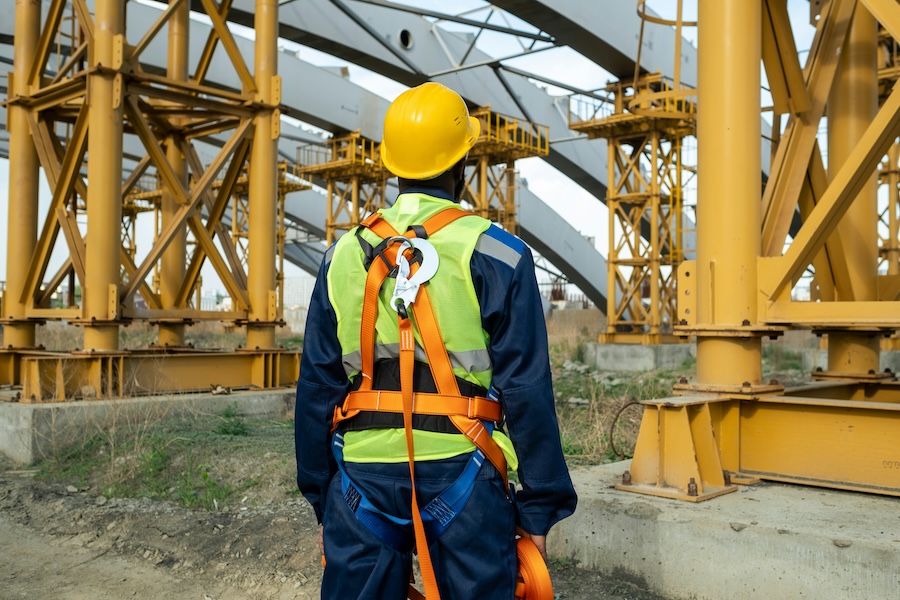Health and safety compliance is a critical aspect of facility and building maintenance in South Africa. Industrial facilities, such as factories, warehouses, and processing plants, present significant risks, including structural hazards, fire hazards, chemical exposure, and equipment-related injuries. Ensuring compliance with South African safety regulations not only protects workers but also enhances operational efficiency, prevents legal penalties, and improves overall workplace productivity.
In this article, we will explore the importance of health and safety compliance in facility maintenance, discuss relevant South African regulations, and highlight real-world examples of compliance in action.
Why Health and Safety Compliance Matters
Industrial buildings require regular maintenance to prevent structural failures, equipment malfunctions, and hazardous working conditions. Failure to comply with Occupational Health and Safety (OHS) regulations can lead to accidents, legal consequences, and financial losses. Below are key reasons why compliance is essential:
1. Worker Safety and Well-being
Industrial maintenance often involves working at heights, handling heavy machinery, and exposure to harmful substances. Neglecting safety protocols can result in severe injuries or fatalities. Proper compliance ensures workers have access to personal protective equipment (PPE), fall protection measures, and safe working conditions.
2. Legal Compliance and Liability Reduction
South Africa has stringent health and safety laws that businesses must follow. The Occupational Health and Safety Act (OHSA) No. 85 of 1993 and Construction Regulations 2014 require employers to maintain a safe work environment. Non-compliance can lead to hefty fines, shutdowns, or even criminal charges.
3. Preventing Costly Downtime and Repairs
Regular maintenance ensures early detection of hazards, reducing the risk of equipment breakdowns and structural failures. Compliance with safety standards minimizes disruptions, allowing businesses to operate smoothly.
A Durban-based logistics warehouse avoided a costly shutdown by implementing a strict maintenance schedule that identified and rectified structural weaknesses before they led to an accident.
4. Enhancing Workplace Productivity
A safe work environment boosts employee morale and efficiency. When workers feel secure, they are more productive, leading to improved overall performance.
5. Environmental and Community Responsibility
Industrial buildings often store hazardous materials. Poor maintenance can lead to chemical spills, fires, or pollution, affecting surrounding communities and the environment. Compliance with these regulations ensures businesses operate responsibly.
Conclusion
Health and safety compliance in industrial building maintenance is not just a legal requirement, it is essential for protecting workers, ensuring smooth operations, and avoiding costly legal consequences.
South African businesses must stay up to date with OHS regulations, conduct regular safety audits, and invest in proper training to create a safer work environment.
By prioritising compliance, companies can prevent accidents, reduce liabilities, and enhance productivity, contributing to a healthier, safer, and more efficient industrial sector in South Africa.
At, Dampcon®, we believe that working with our customers to ensure safety on site is of paramount importance.
Feel free to contact us via our webpage or via LinkedIn for more information on how we can partner to ensure your facility, commercial and industrial building maintenance is professionally completed; safely and efficiently…
More information available below:





